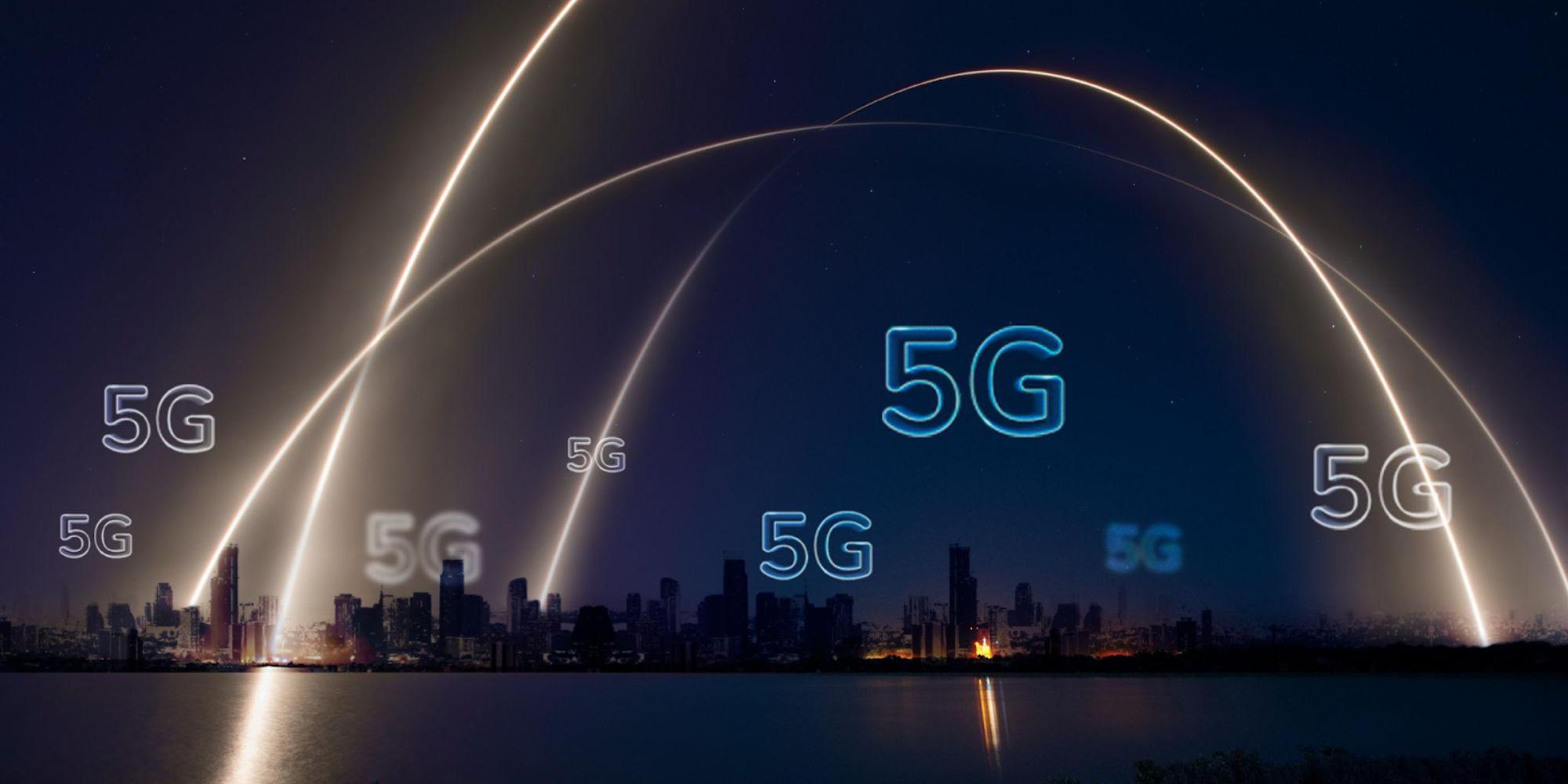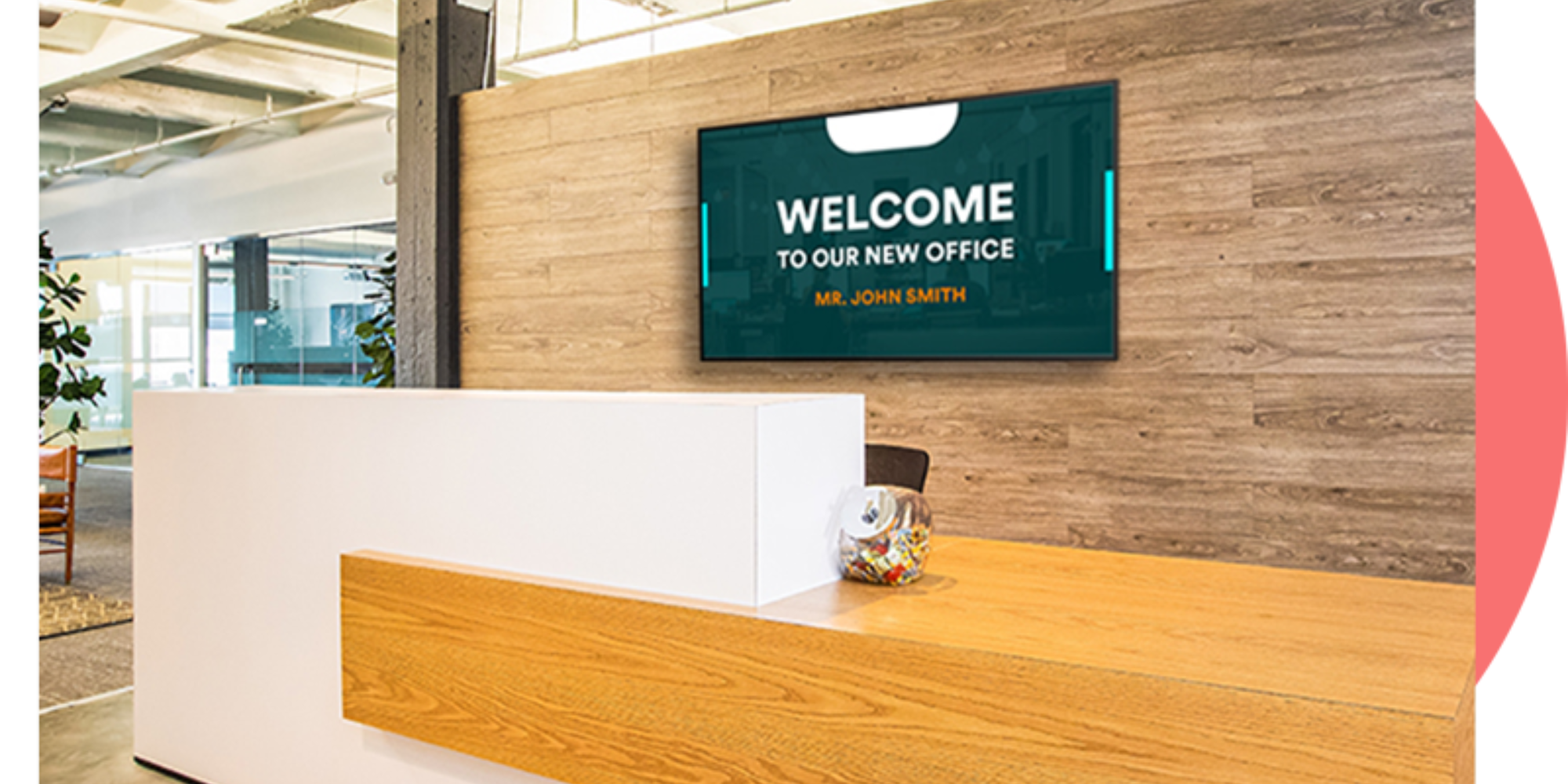
Emergence of 5G Technology and Its Impact on Digital Signage
5G technology is not a new concept. We’ve heard volumes about it over the years, usually in the context of mobile internet speeds. But 5G, with its promise of faster internet response time and lower latency, is changing the game for a wide range of industries.
From manufacturing to education, businesses should take advantage of 5G technology to improve digital experiences internally and externally. Even digital signage is not exempted from the impact of 5G, helping solve the challenges involved in displaying updated content regularly and more.
What is 5G Technology?
5G is the latest in wireless mobile technology — a step up from its predecessors, 3G and 4G. It’s referred to as the fifth-generation mobile network, boasting faster upload and download speeds, higher resolution content, lower latency, and improved connectivity.
Compared to the generations that came before it, 5G has a wider radio spectrum, which allows greater network capacity. This ensures fast speeds despite traffic in mobile internet use. It has the potential to reach speeds of up to 10 gigabytes per second (Gbps), making it 9900% faster than the current 4G, which only delivers a maximum internet speed of 0.1 Gbps.
Impact of 5G Technology on Digital Signage
With 5G improving internet speeds and enhancing connectivity of internet devices, there’s no question that it has the capacity to revolutionize technologies across industries. Digital signage is one of them. Here’s how 5G technology can potentially improve digital signage functionality.
Better IoT Connectivity

The Internet of Things (IoT) refers to an interrelated network of devices that connect and exchange information with each other, thereby improving communication between devices and enabling businesses to access information from anywhere at any time and on any device.
5G, with its ultra-low latency times, is improving this connectivity between devices and enhancing their efficiency. For digital signage software, that means better integration of IoT devices with the display, enabling businesses to transfer data and deploy information at a much faster speed.
Faster Content Delivery
The main benefit of a digital signage network is the ability to update content in real time. But low internet speeds can become a potential roadblock. Internet speed determines how fast a media player can download content and display it on screen. And with the current 4G download rates, there can be a significant delay in this process.
5G enables you to maximize the benefits of digital signage in full. With its faster download speeds and extensive use of radio waves, it can facilitate real-time content transmission and delivery without the risk of lag.
Higher Resolution Content

If the internet connection isn’t fast and consistent, the media shown on a digital display may pixelate, buffer, and crash. Fast internet speed is a precursor to delivering higher-resolution content. That’s where 5G comes in.
By using a 5G connection on digital signage, the screen will be able to show content in 4k resolution, empowering you to deliver higher quality and more compelling content to serve your marketing and advertising needs.
Improved Digital Advertising
With 5G enabling faster content deployment comes more opportunities for businesses to reshape their digital advertising strategies. For instance, they can make their screens more interactive by conducting polls that show updated results in real time or programming the screen to respond to user behavior in seconds.
Location-based Delivery
Current internet speeds are limiting companies in terms of location-based content delivery because download speeds aren’t sufficient to customize and display unique content on an isolated screen.
But with the use of 5G, businesses will be in a better position to achieve precise geo-targeting and audience analytics. Allowing faster content download and broadcasting, 5G technology will enable businesses to deliver unique content targeted to location and end-user.
Potential for Live Streaming

Live streaming is another feature of digital signage. But not many businesses utilize this because of unpredictable bandwidth and slow internet speeds. 5G technology will allow you to unlock the potential of live-streaming events, TV shows, RSS feeds, etc. on your displays in high resolution and excellent frame rates.
Stronger Cloud
In relation to 5G improving IoT connectivity, it can also strengthen cloud storage and access. When applied in digital signage, 5G can make it easy for businesses to store content in the cloud and upload them onto their screens any time and anywhere it’s needed.
Improve Digital Signage Functionality with 5G
5G technology is the future of digital signage, holding the potential to revolutionize its use and functionality. To take full advantage of the benefits that 5G offers for digital signage, businesses may consider exploring a range of open-source digital signage tools that enhance engagement and communication through dynamic and flexible solutions. Soon enough, it’s going to replace current 4G tech and allow businesses to improve content delivery and create more immersive experiences for their customers.
Powering up your digital signage with 5G will require robust cloud-based software. Book a free digital signage trial with Rise Vision to learn how we can support your digital signage network.
More From Our Blog
-

Optimizing School Announcements with Screen-Sharing Technology
In today’s fast-paced digital age, staying informed about school announcements has become more efficient thanks to screen-sharing technology. Forget about missed memos or ignored notices—this modern[…]
Read More -

How Effective is Digital Signage?
Digital signs are revolutionizing. That's the short answer. But if you're trying to convince leadership to invest in screens for your school hallways, hospital waiting areas, or manufacturing floor,[…]
Read More -

10+ Office Welcome Sign Ideas
Getting a welcome sign on your office display shouldn't take all afternoon. Rise Vision makes it pretty straightforward: pick a template, swap in your logo, and push it to your screen. Done. The[…]
Read More
Keep Your Displays Interesting – Pick New Templates Every Week!
Every week, we send template recommendations that will make you look great and improve your audience experience. And the best part, they save up to 16 hours of content creation time every week!
12,300+ Organizations Trust Rise Vision, You Can Too
Schedule a Free Demo
You deserve the #1 all-in-one platform for digital signage, screen sharing, and emergency alerts.



































